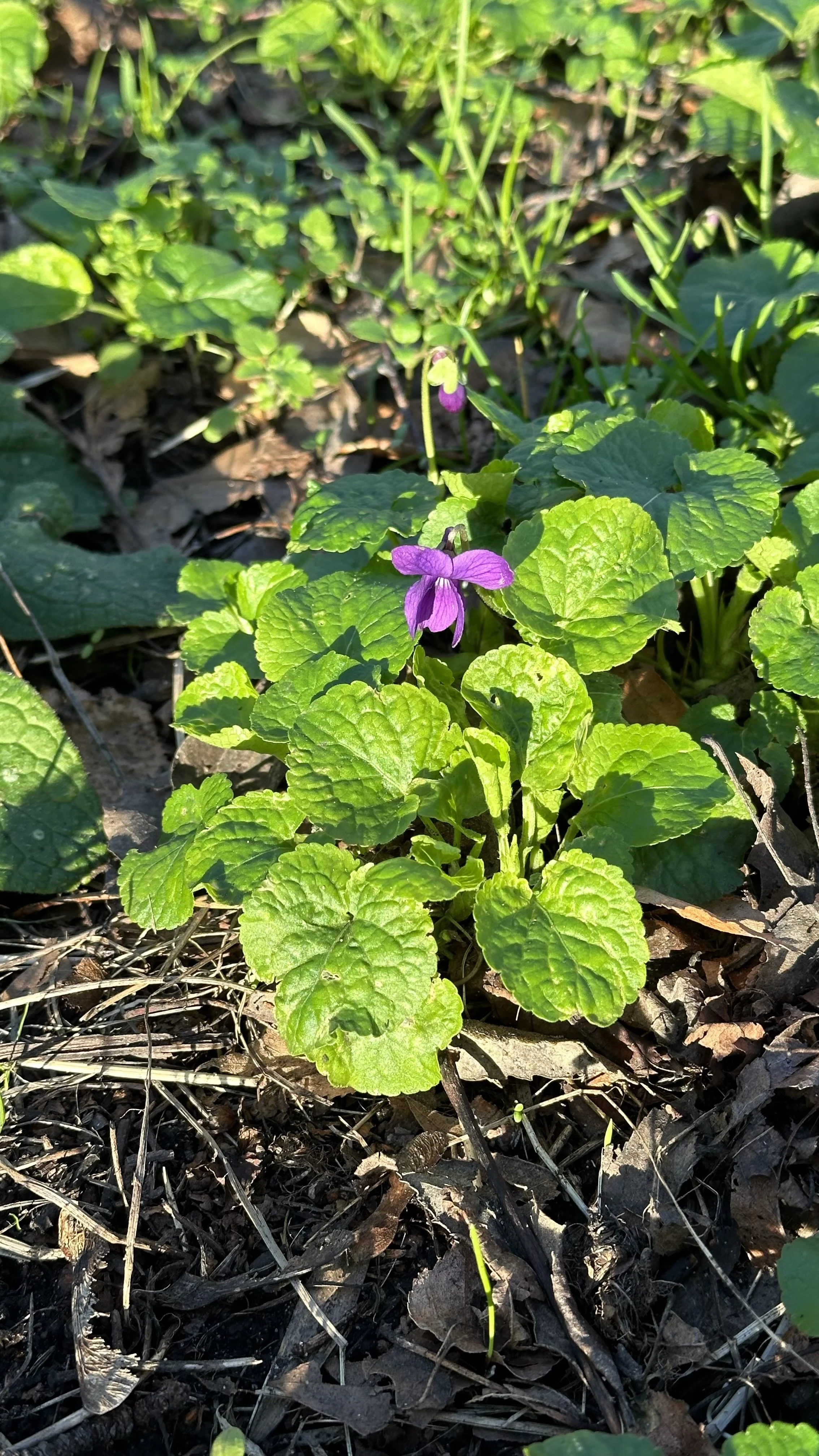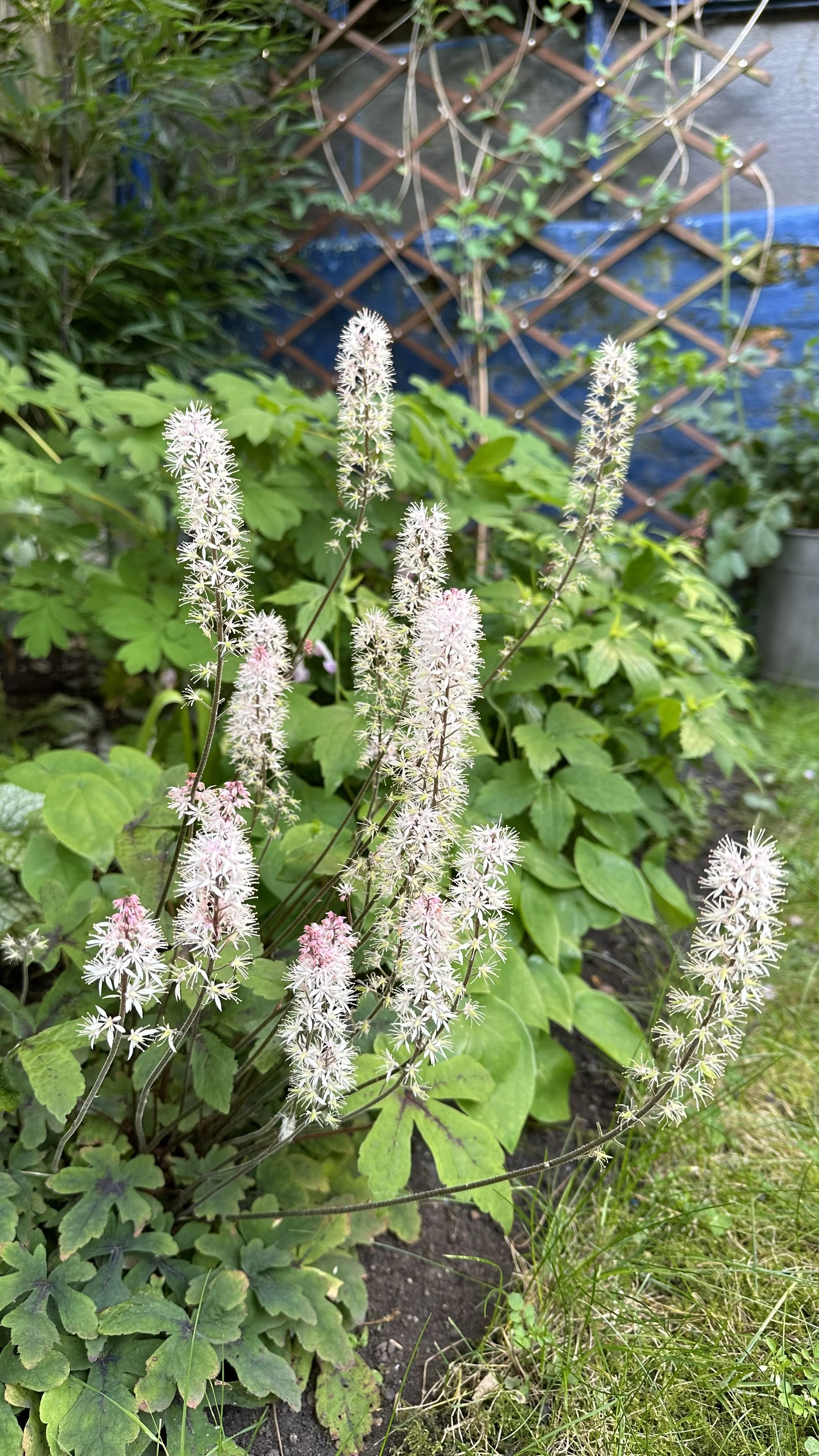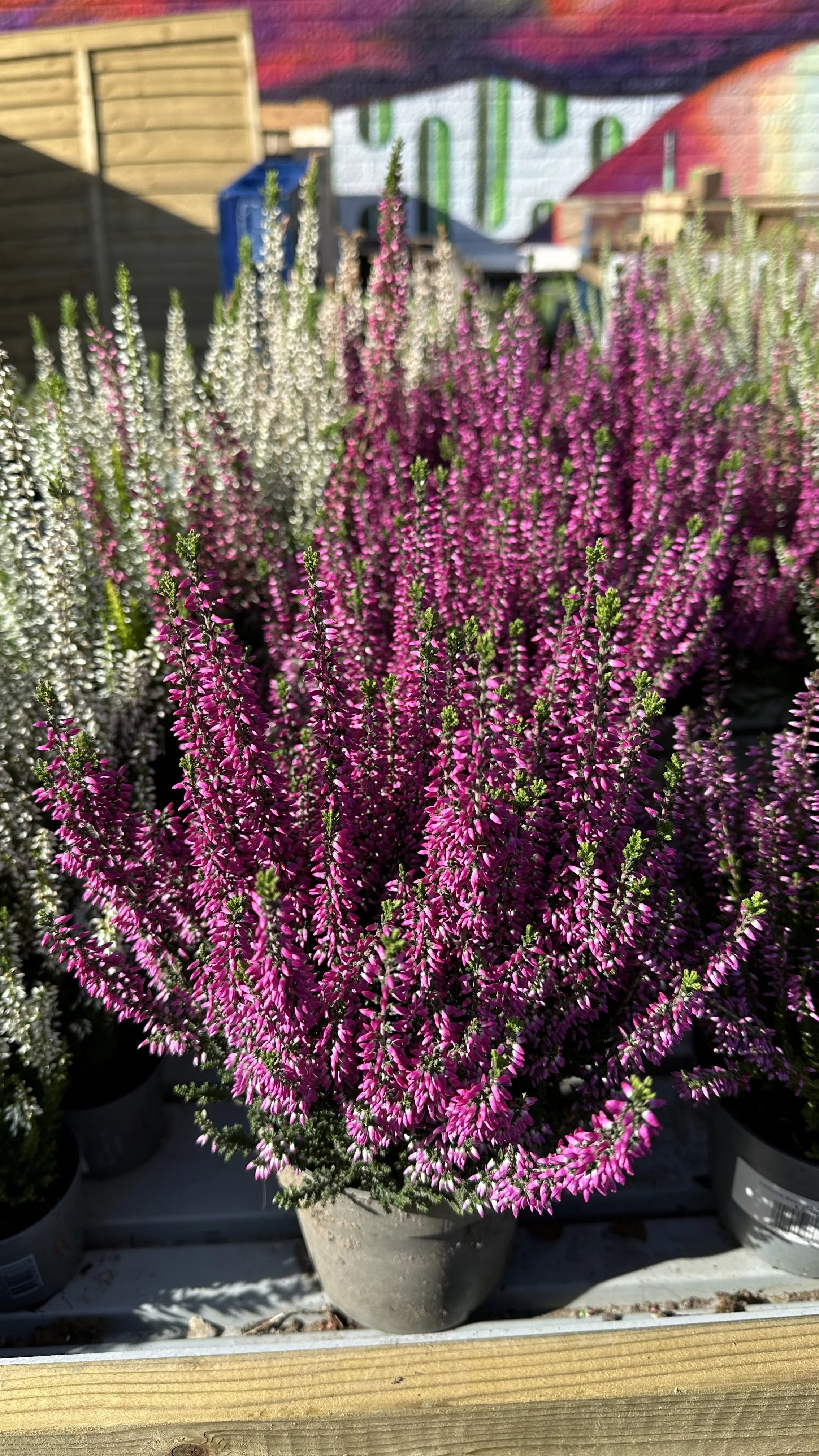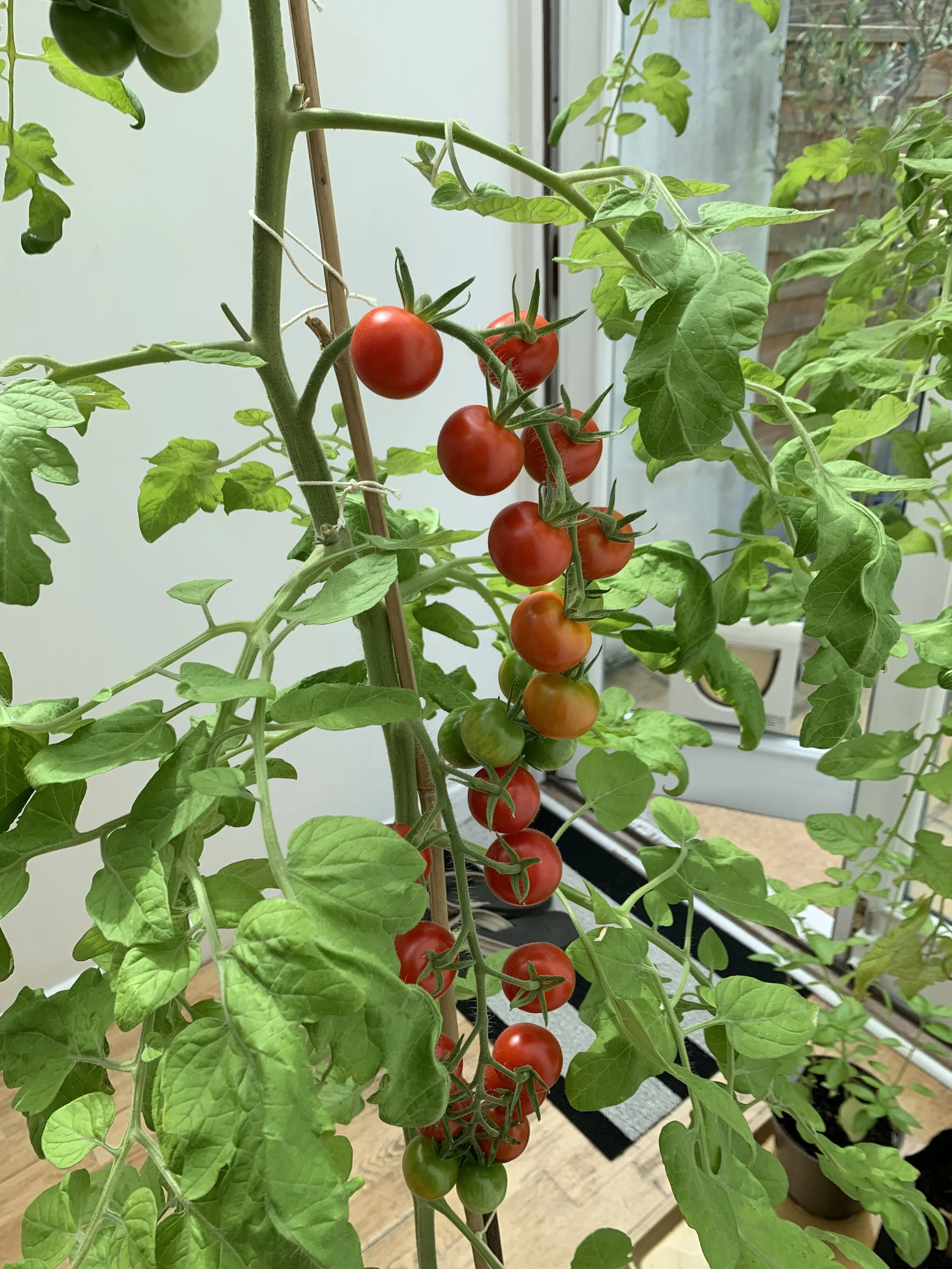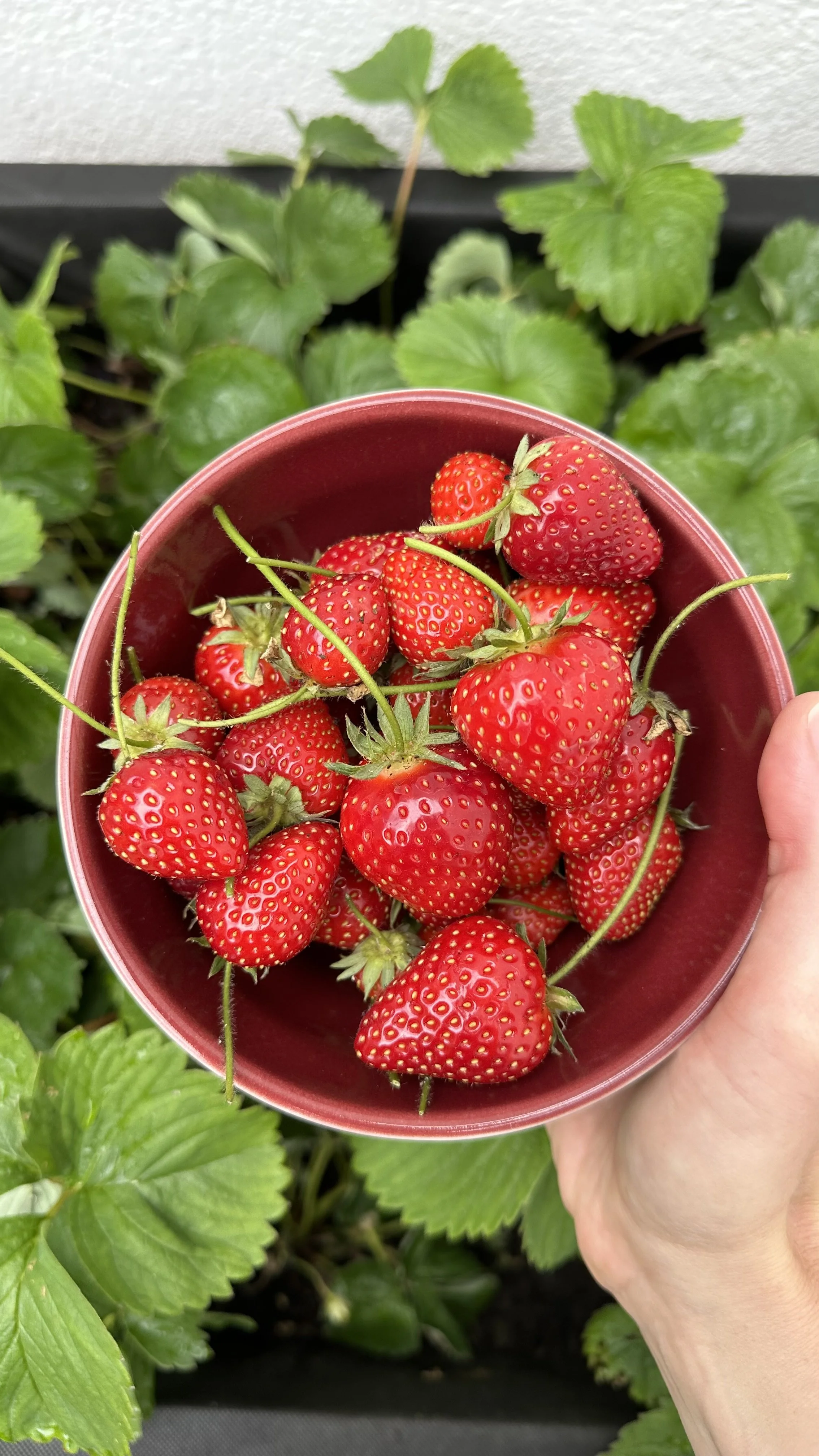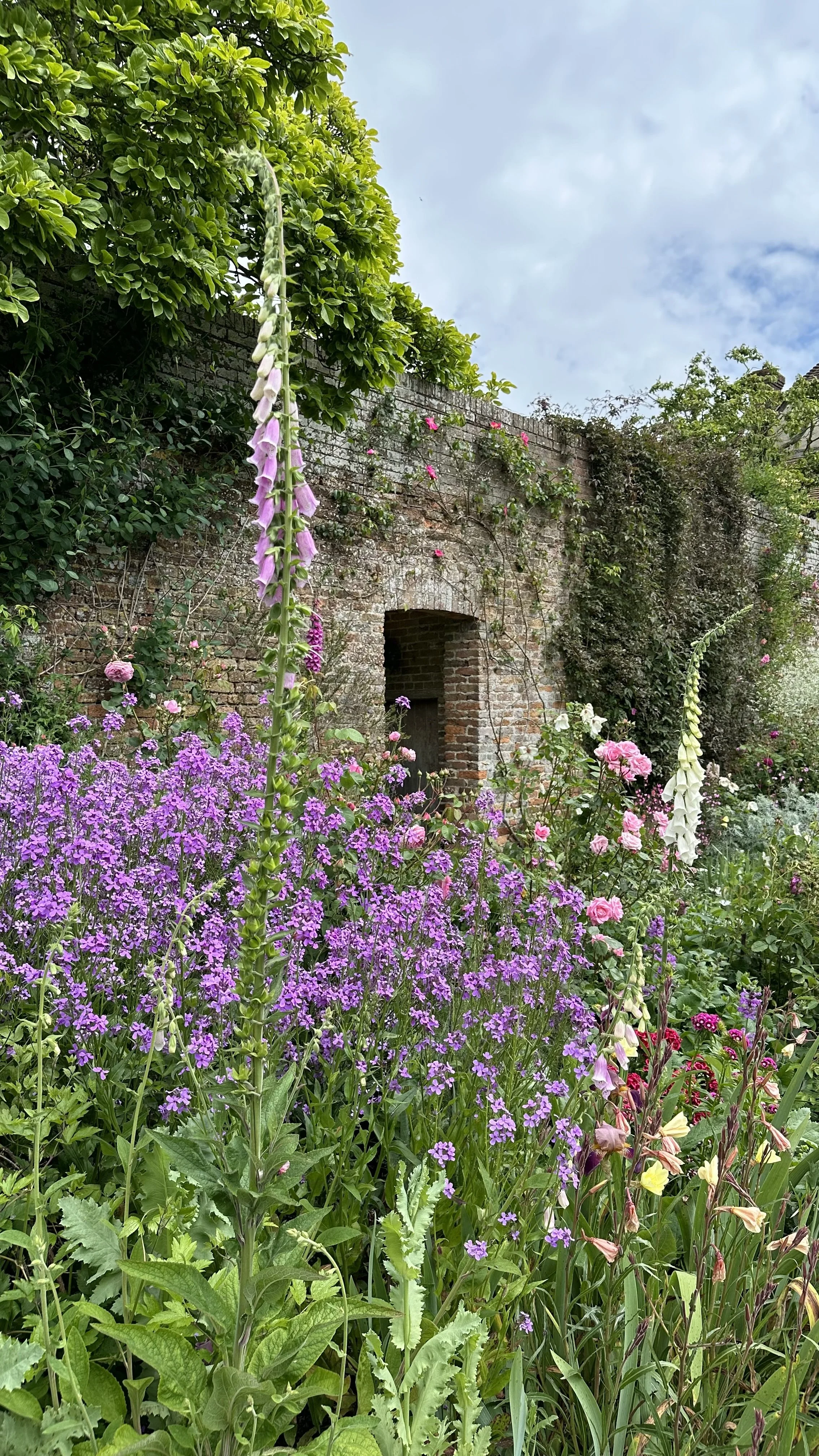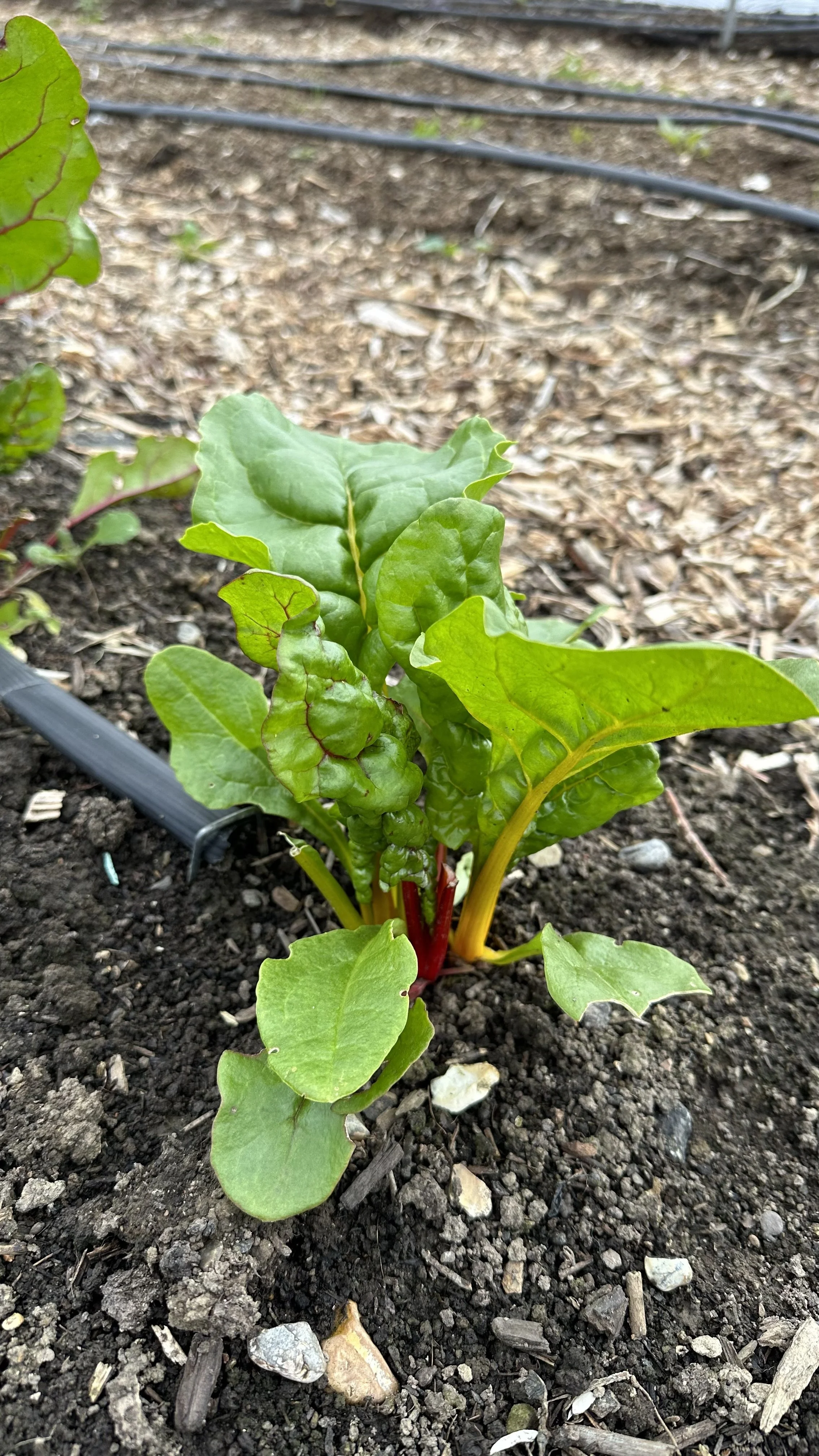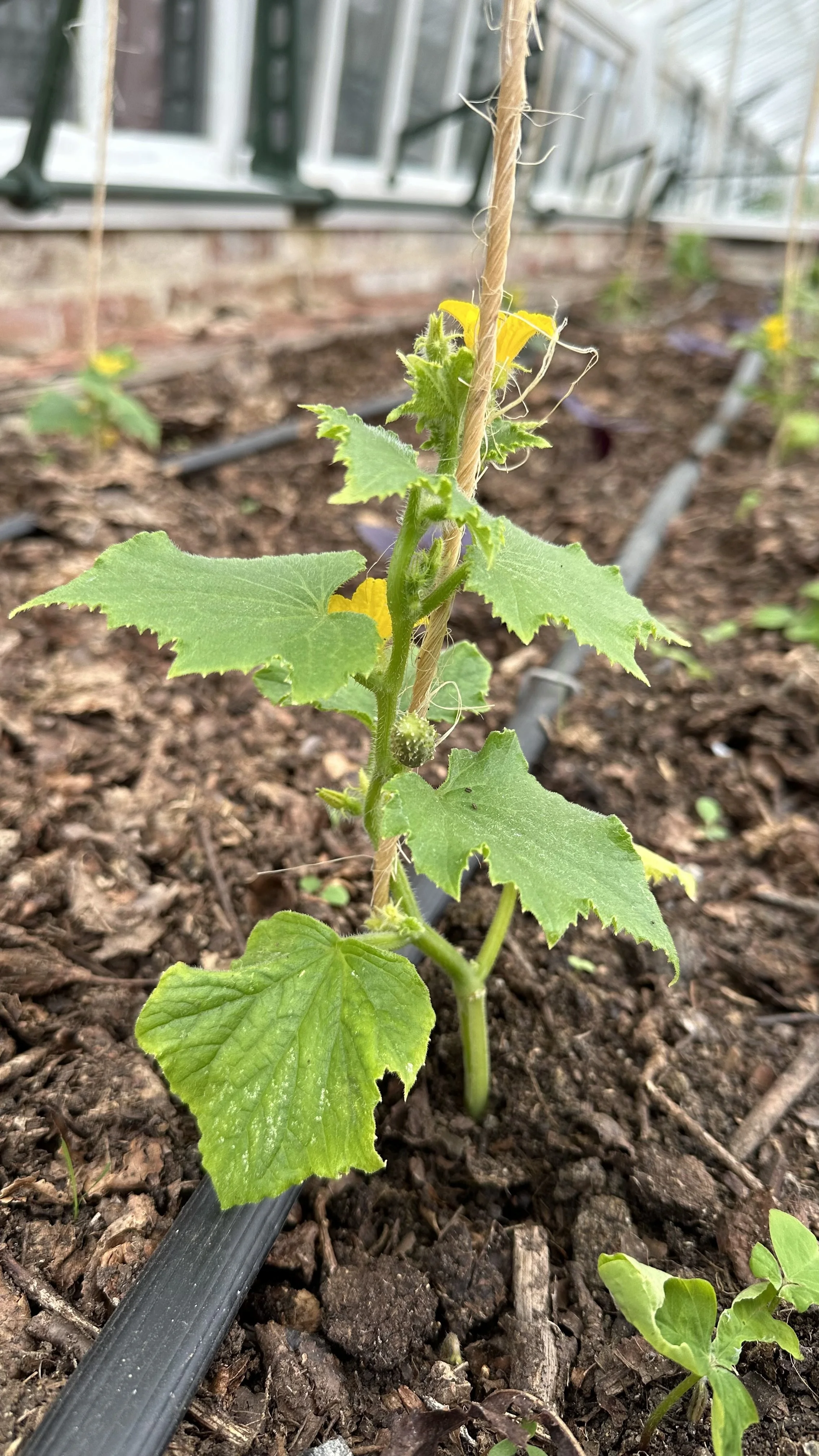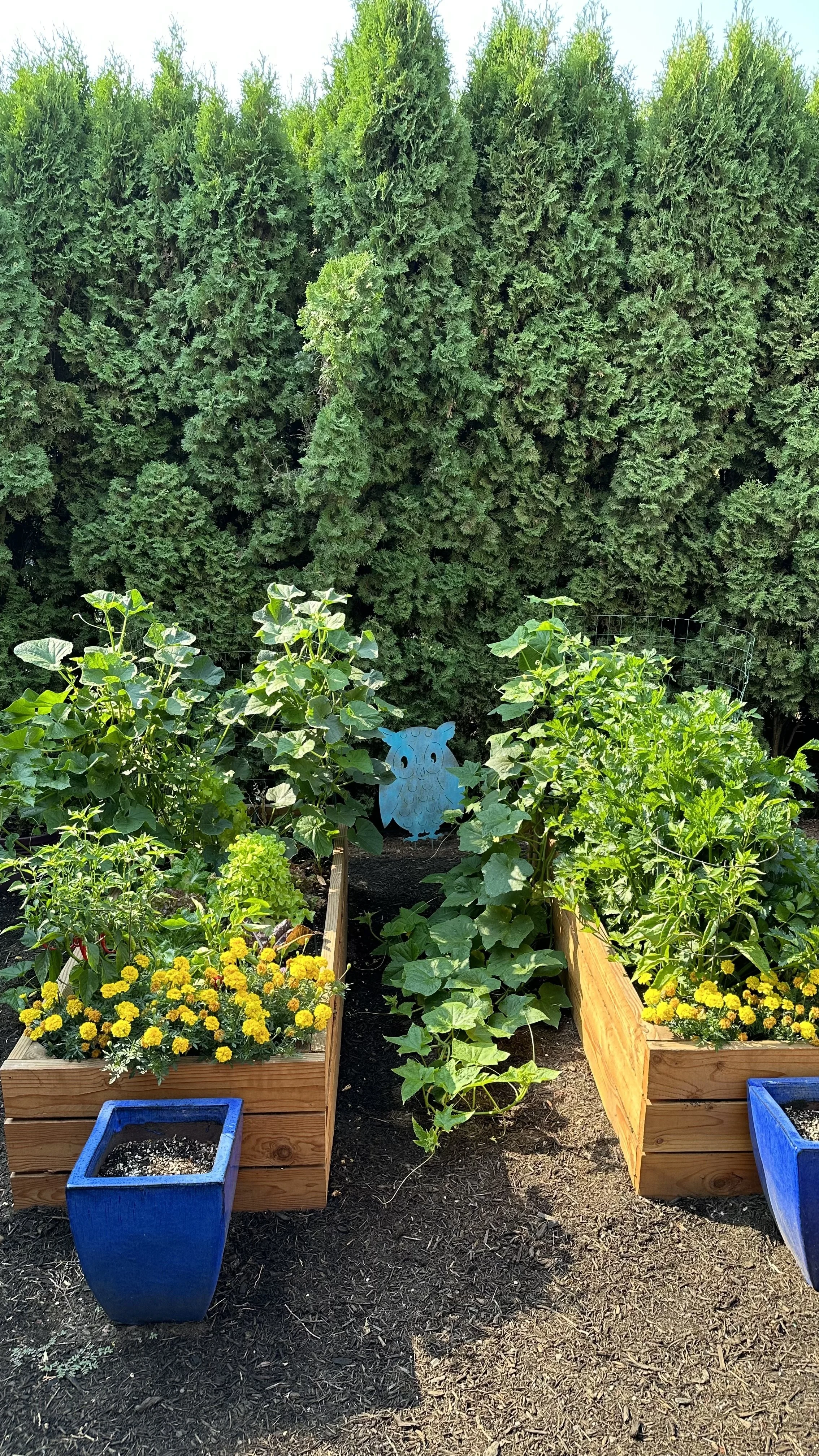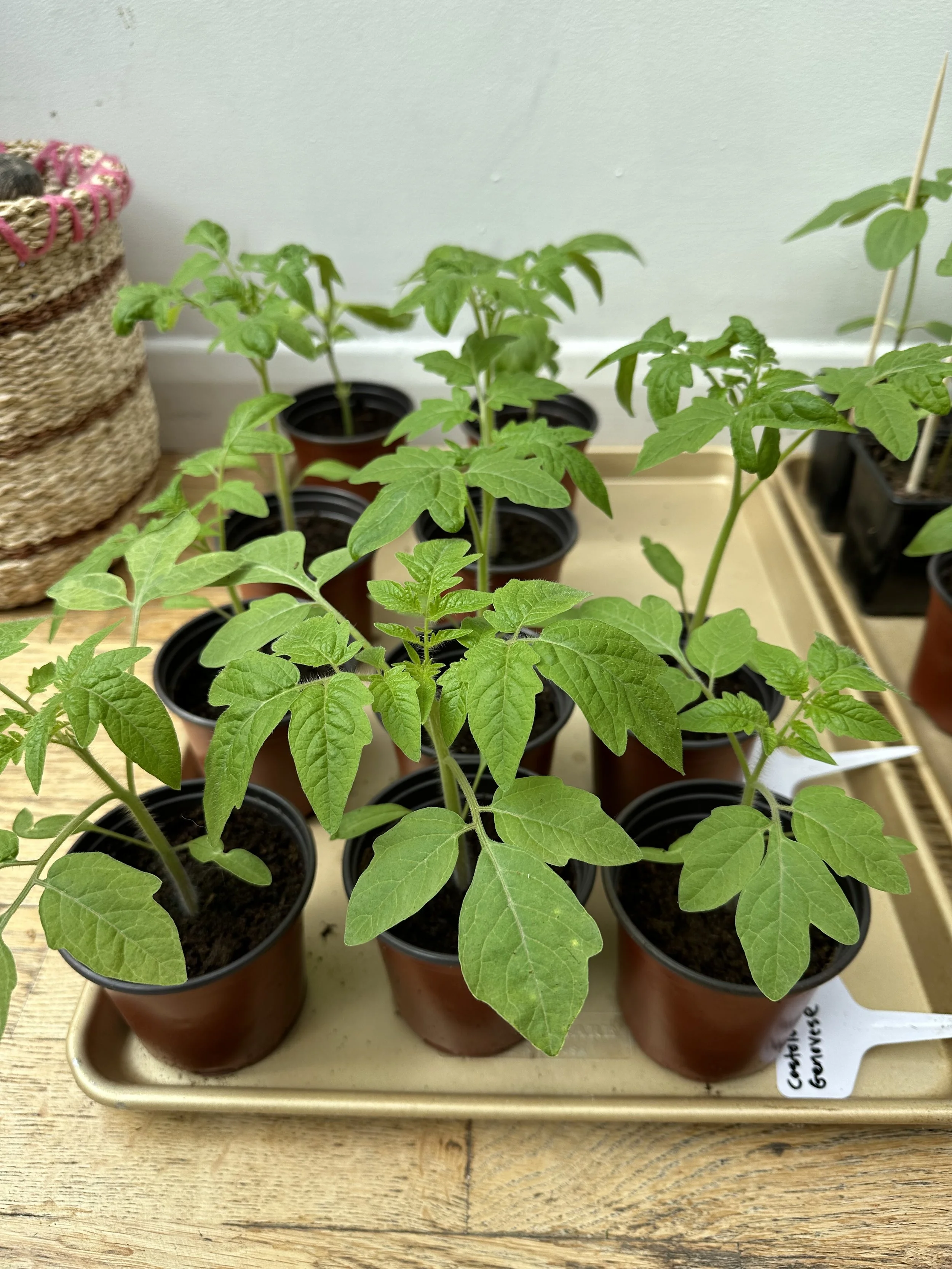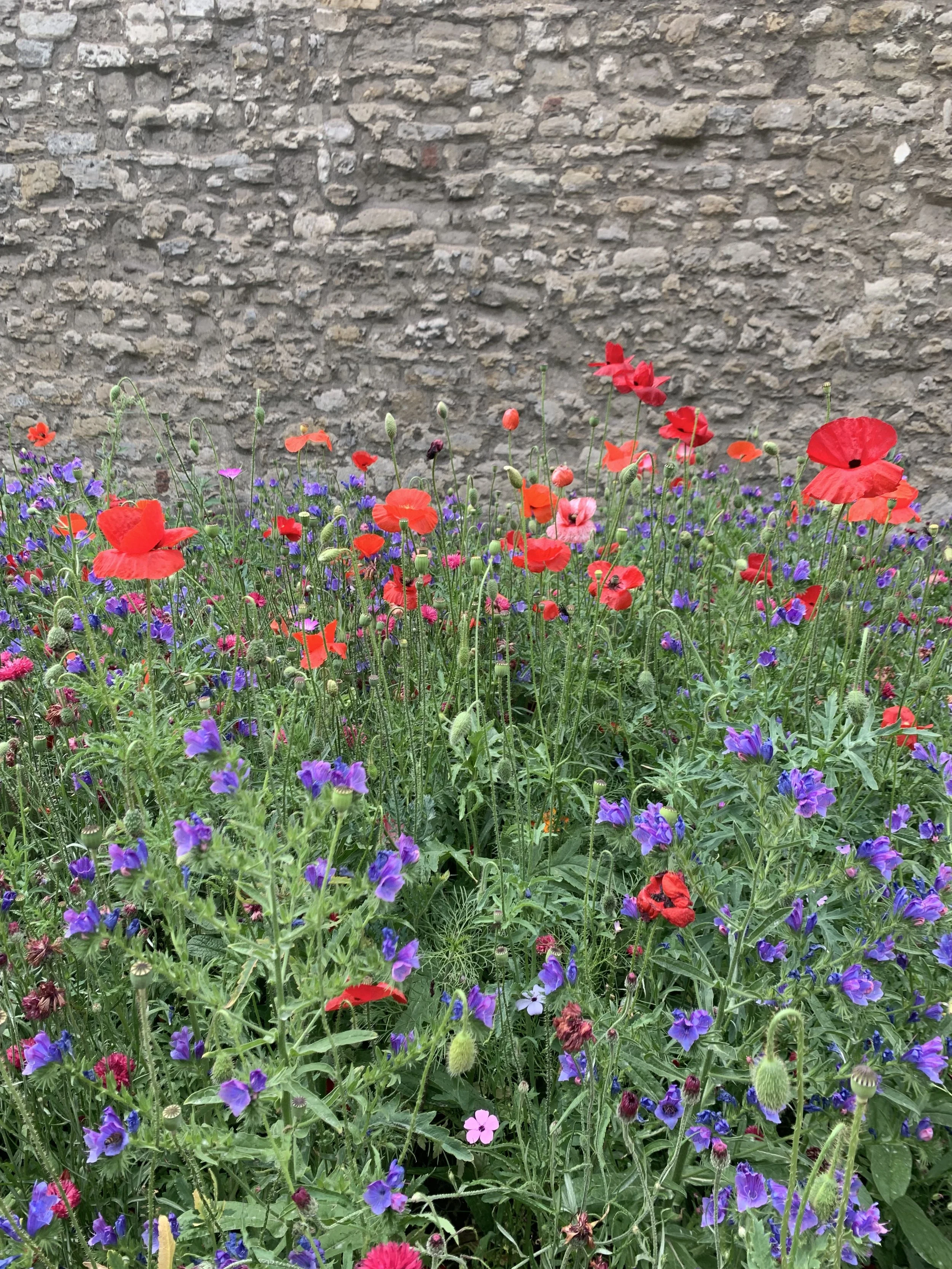The Best Wildflowers for Shade
This article has links to products that I may make commission from.
Wildflowers are a beautiful and colorful addition to any garden, and they can thrive in a variety of different environments, including areas with shade.
If you're looking to add some shade tolerant wildflowers to a shaded area of your garden, there are a number of options to choose from.
Here we'll take a look at some of the best shade loving wildflowers and how to care for them.
To learn more about growing wildflowers, check out my guides:
How to Create a Wildflower Front Yard
Violets
Wildflowers for Shade
Violets
One of the most popular wildflowers for shade is the violets (pictured above).
These small, delicate flowers come in a variety of colors, including purple, blue, and white, and they are a common sight in woodlands and other shaded areas.
Violets are also one of the easiest wildflowers to grow, and they will spread quickly in ideal conditions.
They also can act as a natural ground cover.
Here is are the wild violets I recommend growing:
For more inspiration, check out my guides:
Wild columbine thriving in the shade.
WILD COLUMBINE:
Wild Columbine (Aquilegia canadensis) is a native wildflower that grows well in partial to full shade.
It prefers moist, well-drained soils with a slightly acidic to neutral pH.
In the shade, it will grow taller and have fewer flowers than in full sun, but it will still bloom with delicate, spurred flowers in shades of red, yellow, and blue.
It's important to avoid over-fertilizing as this can lead to weak, leggy growth.
Wild Columbine is a hardy plant that can spread by seed and often self-seeds in the garden, making it a low-maintenance choice for shady areas.
Here is the wild columbine I recommend growing:
For more shade garden ideas, check out my guides:
FOAMFLOWER:
Foamflower (Tiarella cordifolia) is one of the many native plants in the Pacific Northwest.
This shade-loving perennial is often grown for its foliage, which is typically green and deeply lobed, and its delicate spikes of white, pink, or light purple flowers that bloom in the spring.
Foamflower prefers moist, well-drained soils in partial to full shade, and it will tolerate both dry and damp soils.
It can also handle heavy shade and is a good choice for woodland gardens.
In the right conditions, Foamflower is easy to grow and can spread by underground runners, forming clumps over time.
Overwatering and over-fertilizing can lead to leggy growth, so it's best to give Foamflower the right growing conditions and avoid disturbing the roots too much.
Here is the variety of foamflower I recommend:
For more shady garden inspiration:
JACOB'S LADDER:
Jacob's Ladder (Polemonium caeruleum) is a shade-tolerant perennial that is native to woodland areas in North America and Europe.
It is grown for its foliage, which is typically blue-green and finely divided, and its spikes of delicate blue or violet flowers that bloom in the spring or early summer.
Jacob's Ladder prefers moist, well-drained soils in partial to full shade and can tolerate dry shade.
It will grow taller in full sun, but it may become leggy and have fewer flowers.
In the shade, Jacob's Ladder will grow compactly and produce more flowers.
Over-fertilizing can lead to excessive foliage growth at the expense of flowers, so it's best to avoid using too much fertilizer and to allow Jacob's Ladder to grow in the shade in its natural, relaxed form.
Here is the Jacob’s ladder I recommend growing:
Fore more flowers that thrive in shade, check out my guide:
WILD GINGER:
Wild Ginger (Asarum canadense) is a low maintenance shade-loving perennial that is native to North America.
It is grown for its attractive evergreen foliage, which is typically dark green and heart-shaped, and its inconspicuous, bell-shaped flowers that bloom in early spring.
Wild Ginger prefers moist, well-drained soils in partial to full shade and can tolerate dry shade once established.
It spreads slowly by underground rhizomes to form clumps over time.
In the shade, wild ginger will grow compactly and produce more foliage than in full sun.
Wild Ginger is a hardy plant that is easy to grow and can be used as a groundcover or accent in shady areas.
It also grows well under tree canopies and is deer resistant.
Here is the type of wild ginger I recommend growing:
Wood anemone providing excellent groundcover in a shady garden spot.
WOOD ANEMONE:
Wood Anemone (Anemone nemorosa) is a shade-loving perennial woodland wildflower that is native to woodlands in Europe and Asia.
It is grown for its delicate, cup-shaped flowers that are usually white or pale pink and bloom in the spring.
Wood Anemone prefers moist, well-drained soils in partial to full shade and can tolerate dry shade once established.
It spreads by underground runners to form colonies and is often used as a groundcover in shady areas.
In the shade, wood anemone will grow taller and produce more flowers than in full sun.
Wood Anemone is a hardy plant that is easy to grow and will return year after year in the right conditions.
Here is the Wood Anemone I recommend:
DOG-TOOTH VIOLET:
Dog-tooth Violet (Erythronium americanum) is a shade-loving perennial that is native to North America.
It is grown for its attractive, nodding flowers that are usually white, yellow, or pink and bloom in the spring.
Dog-tooth Violet prefers moist, well-drained soils in partial to full shade and can tolerate dry shade once established.
It spreads slowly by underground bulbs to form clumps over time.
In the shade, Dog-tooth Violet will grow compactly and produce more flowers than in full sun.
Here is the Dog-tooth Violet I recommend planting:
Virginia Blubells
Virginia bluebells (Mertensia virginica) are a popular shade-loving wildflower native to North America.
They are known for their attractive pink or blue flowers that are bell-shaped and bloom in spring.
To grow Virginia bluebells in shade, provide them with a moist and well-drained soil that is rich in organic matter.
They prefer a slightly acidic to neutral soil pH (6.0 to 7.0).
They also need a location with filtered or dappled light and protection from hot afternoon sun.
It is also important to note that Virginia bluebells are native to woodland environments, so they benefit from a layer of organic mulch (such as leaves or wood chips) to help regulate soil temperature and moisture levels.
Check out my guide: The Best Alternatives to Traditional Mulch for Your Garden.
They may go dormant in the summer once they have finished flowering, so be patient and allow them to die back naturally.
They will regrow from their root system the following spring.
Here are the Virginia Bluebells I recommend planting:
Sweet William
Sweet William (Dianthus barbatus) is a shade-tolerant biennial or short-lived perennial that is often grown for its showy clusters of fragrant flowers in shades of pink, red, purple, and white.
It blooms in the spring to early summer and can reach a height of 30-60 cm.
While Sweet William can tolerate some shade, it performs best in partial sun to light shade, and it prefers well-drained soils with a neutral to slightly alkaline pH.
In heavy shade, it may become leggy and produce fewer flowers.
Sweet William can self-seed readily and can spread by runners, making it a good choice for naturalized areas or as a cut flower in the garden.
Here are the Sweet William seeds I recommend:
Purple Coneflower
Purple Coneflower (Echinacea purpurea) is a shade-tolerant perennial that is native to North America and is often grown for its daisy-like flowers with drooping pink to purple petals and large, spiky central cones.
It blooms from summer to fall and can reach a height of 60-90 cm.
While Purple Coneflower can tolerate some shade, it performs best in full sun to light shade, and it prefers well-drained soils with a neutral to slightly alkaline pH.
In heavy shade, it may become leggy and produce fewer flowers.
Over-fertilizing can also lead to excessive foliage growth at the expense of flowers, so it's best to avoid using too much fertilizer.
Purple Coneflower is a hardy and low-maintenance plant that is easy to grow and attracts pollinators, making it a good choice for naturalized areas or wildflower gardens.
Check out my guide: The Perfect Partners: Echinacea Companion Planting Guide.
Here is the variety of Coneflower I recommend planting:
Siberian Wallflower
Siberian Wallflower (Erysimum cheiri) is a shade-tolerant perennial that is often grown for its showy clusters of fragrant flowers in shades of yellow, orange, red, and purple.
It blooms in the spring and early summer and can reach a height of 20-50 cm.
While Siberian Wallflower can tolerate some shade, it performs best in full sun to light shade, and it prefers well-drained soils with a neutral to slightly alkaline pH.
In heavy shade, it may become leggy and produce fewer flowers.
Siberian Wallflower is a hardy and low-maintenance plant that is easy to grow and can be used as an accent or in borders and rock gardens.
Here are the best Siberian Wallflower seeds:
Can Wildflower Seeds Grow in Shade?
It is important to note that most wildflowers require some amount of sunlight to grow and bloom well.
In very heavy shade, wildflowers may become leggy and produce fewer flowers, so it's best to choose species that are naturally adapted to growing in shady conditions.
How to Prep Soil for Shade Wildflowers
It's important to prepare the soil well before planting. This may involve amending the soil with organic matter to improve the texture and fertility.
Also consider the soil pH, native wildflowers thrive in soil pH within the range of 6.0-7.0.
Here is the soil pH test kit I recommend:
Water Requirements for Shade Wildflowers
Watering and proper maintenance are key to keeping your wildflowers healthy and vibrant.
Water your wildflowers regularly, especially during dry periods.
Also, be sure to remove any dead or diseased plants as soon as you notice them, to prevent the spread of disease.
This is a great opportunity to use a sustainable water source, like rainwater collected in a water butt.
When to Plant Wildflowers for Shade
The best time to plant wildflower seeds for shade will vary depending on the specific species and the climate in which you live.
In general, wildflowers should be planted in the fall or early spring, during the cool season when the soil is moist and temperatures are cool.
This allows the seeds to germinate and establish roots before the heat of summer and the dry conditions of summer.
Check out this post for the perfect time to plant wildflowers.
Wildflower Mix for Shade
These are my top 3 recommended wildflower seed mixes designed for shade:
Wildflowers for Shade Mix, Including Annual and Perennial Seeds
Shaded Woodland Wildflower Seed Mix
